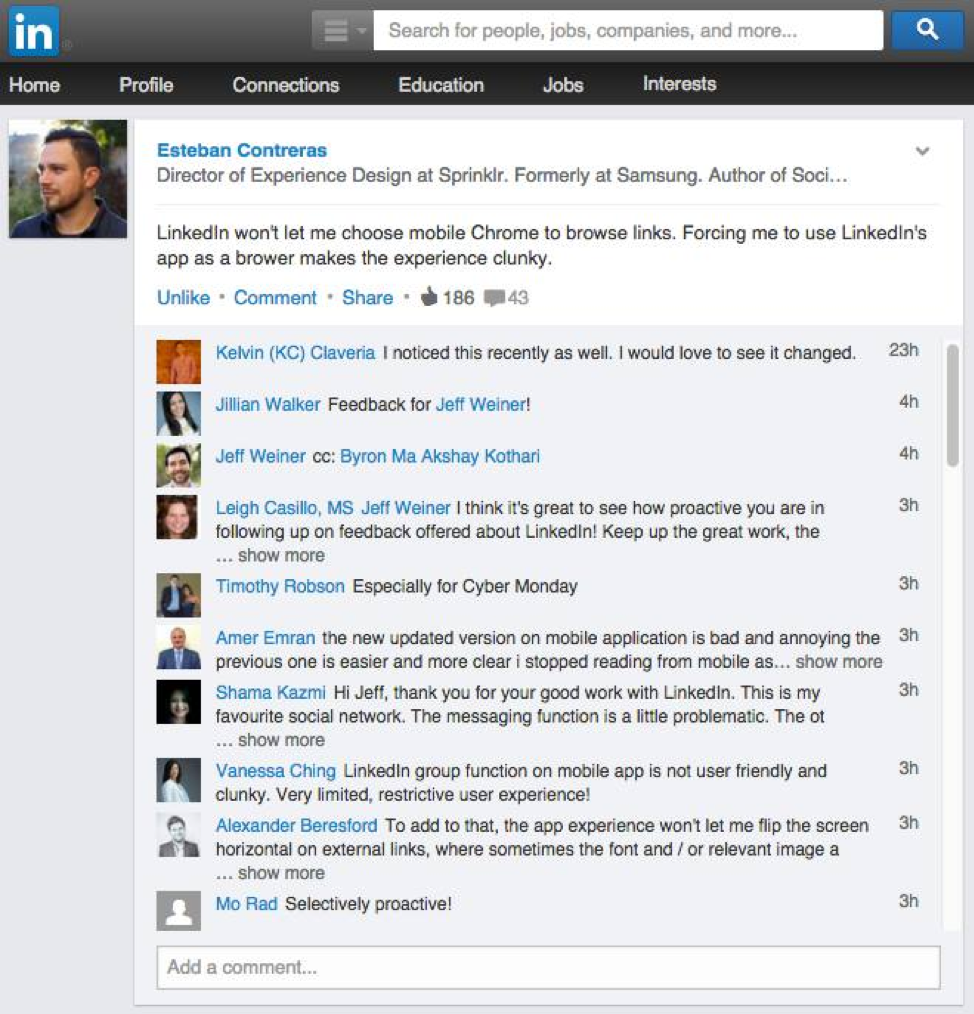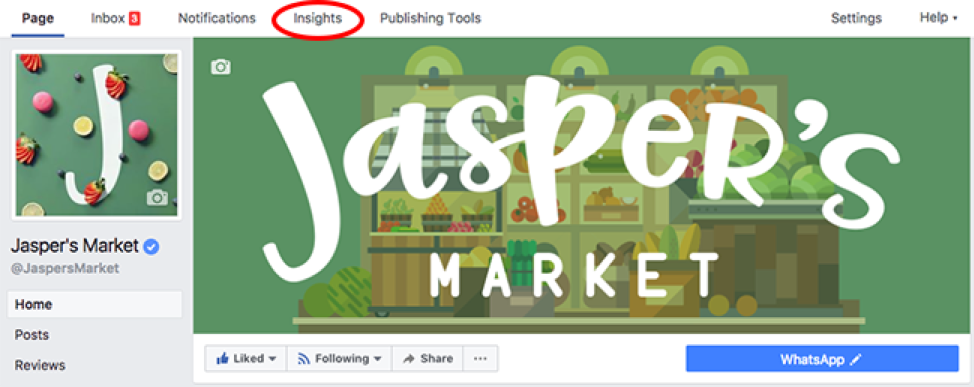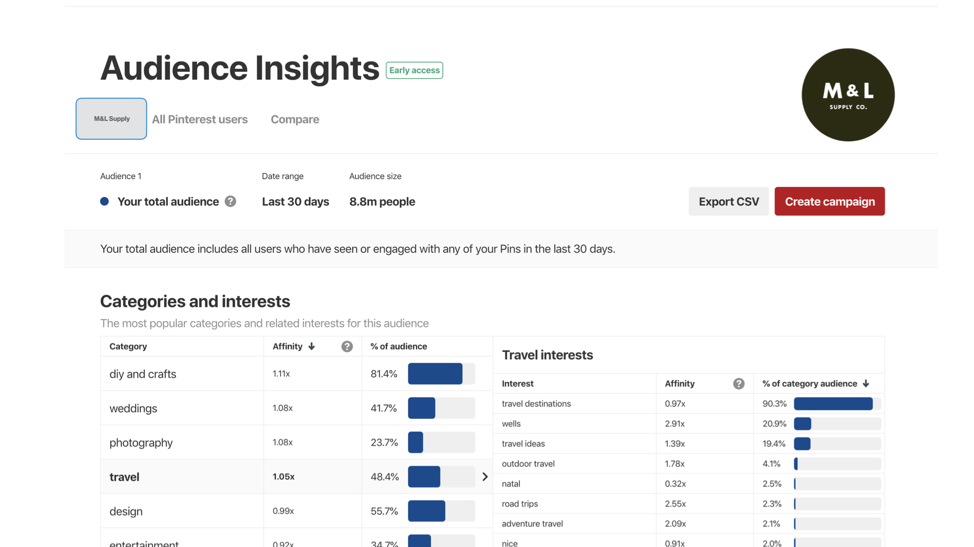How to Leverage Social Selling To Dominate Your eCommerce Niche

Social media is not just a platform for networking. It has gradually progressed to become a platform for product selling for any eCommerce niche.
In fact, 30% of shoppers have admitted that they would prefer to buy a product directly from sites like Facebook, Twitter, Pinterest, Instagram, etc.
One of the major benefits that social media offers to B2B eCommerce businesses is the cost-effectiveness that enables even the startups to easily list their products and start selling online.
There are two things that can define the success of your eCommerce business. First is finding a niche and the second is leveraging the power of social selling to constantly improve your sales.
How To Choose The Right eCommerce Niche?
Finding the right eCommerce niche is crucial to the success of your eCommerce business.
You can’t sell your product to everyone! Only those who need your product or have a passion for it will eventually buy it.
Hence, it is important to create a buyer persona and find a niche for your business before you start listing your products.
In order to find the perfect eCommerce niche, answer the following questions:
- What is your passion?
- What are the demographics of your target audience? This resource will help you to define your target market easily.
- What is the need of your target audience?
- Do the needs of your audience and the product you are planning to manufacture meet your passion?
- What area do you want to operate in?
- If you are selling a physical product, will you manufacture it yourself or find others to do it for you? Here is a great guide to find a manufacturer for your product idea.
- What would be the price of your product or service?
- What would your preferred delivery method and will your target audience like that delivery method?
When you are able to write down answers to the above questions, then I am sure you would be able to identify your preferred eCommerce niche.
You might also want to read: A History of Social Selling (via Zopto)
Sell Directly On The Top Social Channels
Social selling is set to dominate the future of eCommerce. You need to use the power of the following social selling tools to list your products directly on social media:
- Facebook is an excellent medium for B2B businesses. Open a Facebook store by importing your shop on your Facebook page.
- Either use Facebook’s app install ads or download buttons to add direct call-to-actions on ads.

- To complete the entire buying process in just a few taps, you can use the Twitter Buy button. Or you can add CTA’s like install buttons to your ads.
 What Is Social Analytics?
What Is Social Analytics?
Social analytics is a form of business intelligence which helps to understand and respond to a consumer behavior online. It also measures how your business interacts with existing or potential customers on different social channels.
In order to correctly measure the social performance of your business, you need to monitor the following areas:
1- Social Customer Feedback
Social customer feedback is measured on the basis of SLA compliance score. That, in turn, is based on:
- How fast you respond to a customer query
- Your customer satisfaction score
- Your net promoter score
These determine whether someone would recommend your service to a friend. And they affect the number of inbound queries your business will receive after you start interacting via social media.
LinkedIn CEO, Jeff Weiner was proactive in responding to user feedback and alerted the product managers to take immediate action.

How To Obtain Customer Feedback?
In order to correctly obtain feedback from your customers, you can share a status update and directly ask your customers about their likes and how can you improve your service.
Use tools such as Google Alerts or Mention to listen to your customers whenever they mention you on social media.
2- Business Trust
It has been rightly said that a lack of trust is your biggest expense. Business strategist, David Horsager has suggested the following 8 pillars of business trust:
- Clarity – People should be extremely clear about your business values and the quality of your products.
- Compassion – People care about businesses who take the extra step in sharing the same passion as their customers.
- Character – People prefer businesses who are right in their business approach and remain honest.
- Competency – People like businesses that stay fresh, relevant and are capable of effectively defeating their competitors.
- Commitment – Brands that stand through adversity are strongly preferred by people.
- Connection – People should have a good bond with your business, in the same manner, they have with their friends.
- Contribution – People respond to results. So if you are able to achieve a good market share, new customers won’t take much time to find you.
- Consistency – People love businesses who remain consistent with the quality of their products and business ethics.
Here is how you can create loyalty using brand trust:
- Let your brand take a stand for a social cause. Brands that take a stand for a social cause are a hit among Millennials.
- Remain authentic and stay away from faux messages.
- People love brands that carry out conversations showing their real human face. Have a look at how FedEx responses on Twitter to a customer’s query:

- Keep your customers well informed and remain transparent.
- Delight your customers and surprise them by doing things they never expected.
How To Measure Business Trust?
The Net Promoter Score is a great metric that lets you measure customer experience and also predicts business growth.
First of all, you need to conduct a survey asking the question – how likely is it that people will recommend your business to a friend or colleague? The results are grouped on the scale provided below, and your Net Promoter Score is calculated by subtracting detractorsBusiness trust, from promoters.
 3- Audience Engagement
3- Audience Engagement
Businesses that are able to drive audience engagement eventually get people to take actions. Actions drive conversions, and conversions drive the revenue that keeps the company running.
Some of the metrics that are helpful in determining the level of audience engagement are:
- How many people are viewing your posts?
- Which posts receive the maximum engagement?
- Which tweets receive the maximum retweets?
- And which posts receive the maximum comments?
Of course, there are many more.
How To Measure Audience Engagement?
With the help of Facebook Insights, gather more information about Page Performance and understand how people are engaging with your page.
 Similarly, you can measure your audience engagement on Twitter with the help of Twitter analytics. And you can refine your Pinterest strategy by using Pinterest analytics.
Similarly, you can measure your audience engagement on Twitter with the help of Twitter analytics. And you can refine your Pinterest strategy by using Pinterest analytics.
 Final Thoughts
Final Thoughts
Social-driven sales can become a key changer in your marketing strategy. In the near future, social selling is set to dominate the sales of eCommerce. If you are looking to improve your online sales, then you need to start leveraging the power of social selling to improve your ROI.
You may also want to read: How to Be Successful in Social Selling
Sign Up For Our Mailing List
If you’d like to receive more in-depth articles, videos, and Infographics in your inbox, please sign up below

Sign up for the newest articles from Curatti, delivered straight to your inbox
Featured image: Copyright: ‘https://www.123rf.com/profile_thodonal‘ / 123RF Stock Photo

Joydeep Bhattacharya

Latest posts by Joydeep Bhattacharya (see all)
- Future Keywords Optimization (FKO): Acquire Clicks With Zero Backlinks - April 15, 2021
- 6 Ways To Optimize Your Site For The Google Page Experience Update - September 23, 2020
- Essential B2B Email Marketing Strategies To Generate More Leads - September 3, 2020
